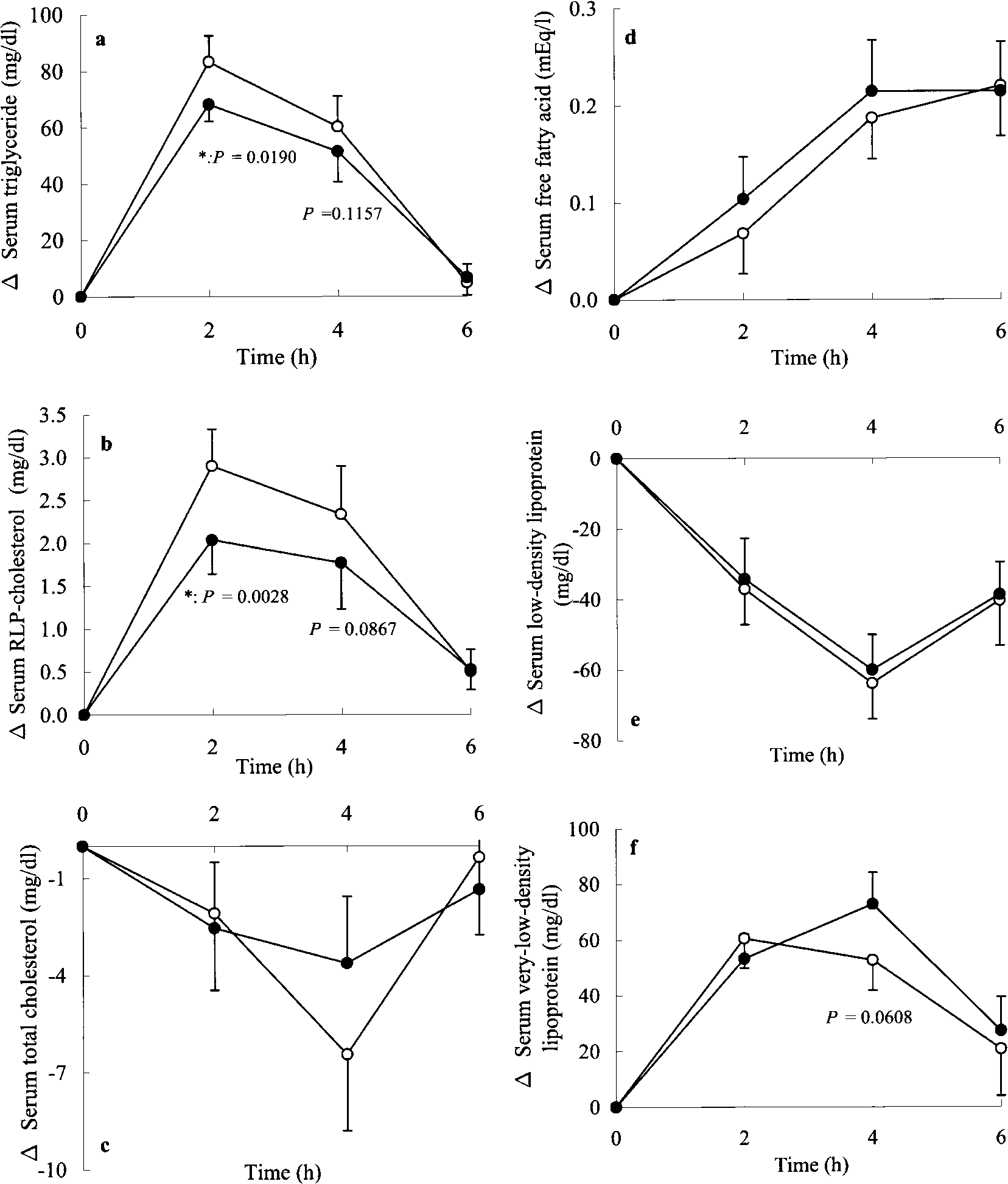ohara-ch.co.jp
Drug Information Sheet ("Kusuri-no-Shiori") Information is based on approvals granted in Japan. In some cases, the approved details may vary in countries other than Japan. In deciding to use a medicine, the risk (side effects) of taking the medicine must be weighed against the benefit (effects) it will do. The patient's cooperation is indispensable here. Brand name : BICALUTAMID
 Biosci. Biotechnol. Biochem., 68 (5), 1135–1138, 2004
Suppressive Effects of Dietary Fiber in Yogurt on the PostprandialSerum Lipid Levels in Healthy Adult Male Volunteers
Shizuki KONDO, Jin-zhong XIAO,y Noritoshi TAKAHASHI, Kazuhiro MIYAJI,Keiji IWATSUKI, and Sadayuki KOKUBO
Food Research and Development Laboratory, Morinaga Milk Industry Co., Ltd., Zama 228-8583, Japan
Received October 24, 2003; Accepted January 19, 2004
This study assessed the effect of partially hydrolyzed
guar gum (PHGG) in yogurt on the elevation ofpostprandial serum lipid levels. Eleven healthy adult
male subjects were given yogurt with or without 6 g of
PHGG in a fat tolerance test as a crossover study.
Biosci. Biotechnol. Biochem., 68 (5), 1135–1138, 2004
Suppressive Effects of Dietary Fiber in Yogurt on the PostprandialSerum Lipid Levels in Healthy Adult Male Volunteers
Shizuki KONDO, Jin-zhong XIAO,y Noritoshi TAKAHASHI, Kazuhiro MIYAJI,Keiji IWATSUKI, and Sadayuki KOKUBO
Food Research and Development Laboratory, Morinaga Milk Industry Co., Ltd., Zama 228-8583, Japan
Received October 24, 2003; Accepted January 19, 2004
This study assessed the effect of partially hydrolyzed
guar gum (PHGG) in yogurt on the elevation ofpostprandial serum lipid levels. Eleven healthy adult
male subjects were given yogurt with or without 6 g of
PHGG in a fat tolerance test as a crossover study. Postprandial Changes in the Serum Level of TG (a), RLP-C (b), TCH (c), FFA (d), LDL (e) and VLDL (f) after the Administration of Test
) Supplementation of Partially Hydrolyzed Guar Gum (PHGG, 6 g, n ¼ 11).
Postprandial Changes in the Serum Level of TG (a), RLP-C (b), TCH (c), FFA (d), LDL (e) and VLDL (f) after the Administration of Test
) Supplementation of Partially Hydrolyzed Guar Gum (PHGG, 6 g, n ¼ 11).